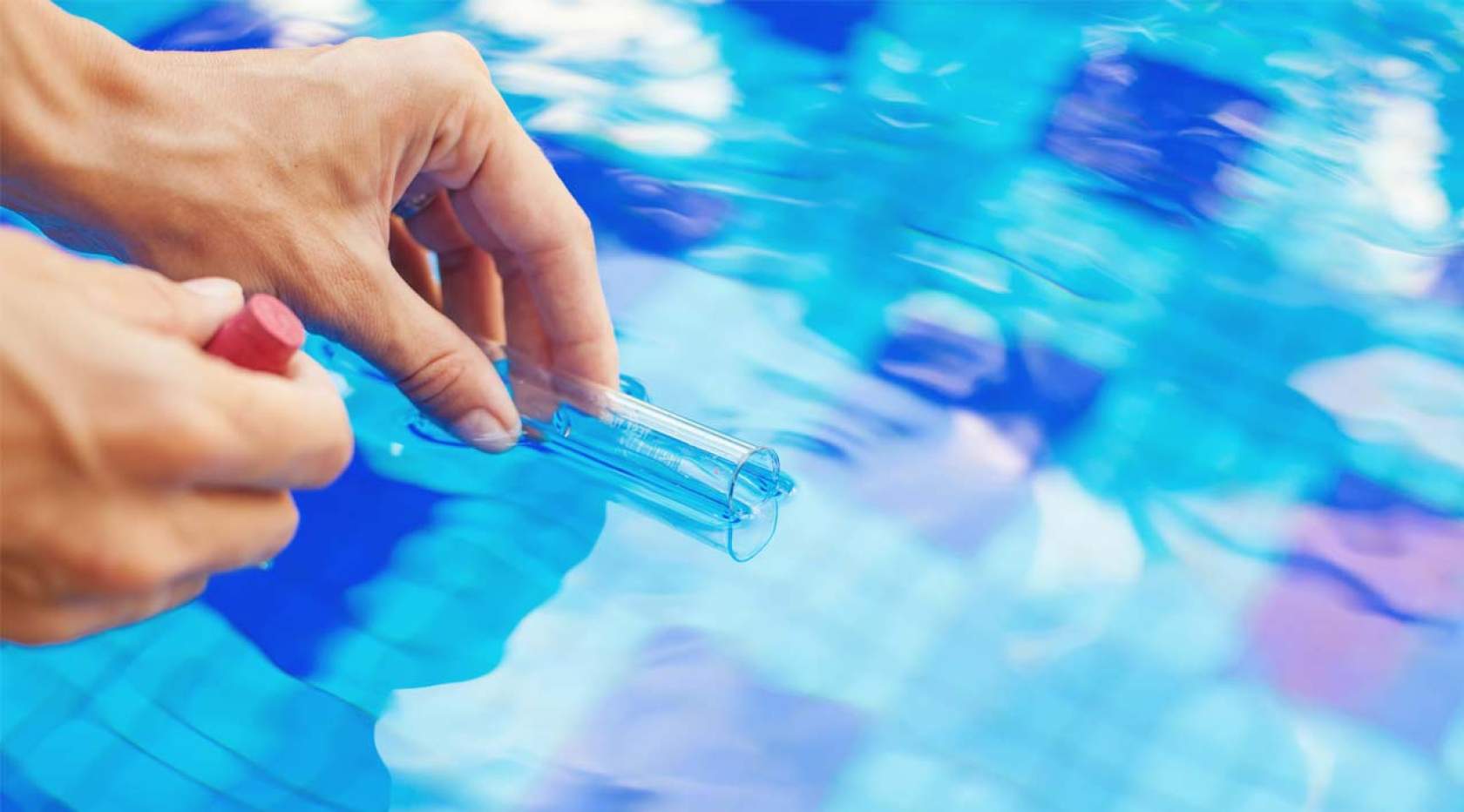Chemical tip: the effects of pH on chlorine

By David Lloyd
pH is probably the most important factor to be considered when balancing swimming pool water.
pH affects not just the comfort of the bathers, the surface of the pool and the pool equipment, but also the efficacy of the sanitiser. As professionals I am sure that all of you know the basics of pH, what it is and what it does. It is surprising however that during our training sessions we find how many pool operators do not fully grasp the importance of pH and its effect on chlorine.
A typical domestic pool will aim for a free chlorine level of about 1-2ppm. Free chlorine is a measure of both hypochlorous acid (HOCL) and hypochlorite ions (OCL-). The hypochlorous acid is the active part of the free chlorine which does the oxidising and destruction of contaminants. The hypochlorite ion is inactive and can be considered the “reserve” that converts to hypochlorous acid as required.
At a pH of 7 free chlorine consists of 75 per cent hypochlorous acid and 25 per cent hypochlorite ions.
At a pH of 7.8 free chlorine consists of just 28 per cent hypochlorous acid and 72 per cent hypochlorite ions.
It can therefore be seen that a swimming pool with a pH of 7 and a free chlorine level of just 0.5ppm has the same sanitising effect as a pool with a pH of 7.8 and a free chlorine level of 1.35ppm. This may explain why it is therefore necessary to first adjust the pH when shock dosing a pool to maximise the oxidising power of the chlorine
These tips are supplied by pool industry pioneer and chemistry expert David Lloyd from International Quadratics.




